Woman is attacked on the street, bystanders stop to take selfies
“Shocking surveillance video shows the moment a Pittsburgh woman was knocked out cold by a man on a busy sidewalk — but that’s not the worst of it. The footage also shows the woman being beaten and robbed by bystanders — who proceed to take pictures of her, including selfies — as she lies unconscious on the ground.
A group of men can then be seen walking over to her — cellphones in hand, snapping pictures and video — as she lies unconscious on the sidewalk. Shortly after leaving, the men reportedly returned and began taking even more photos.”

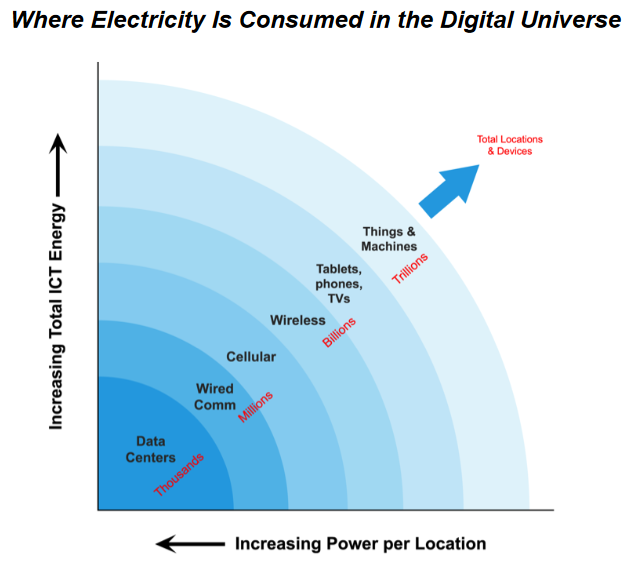
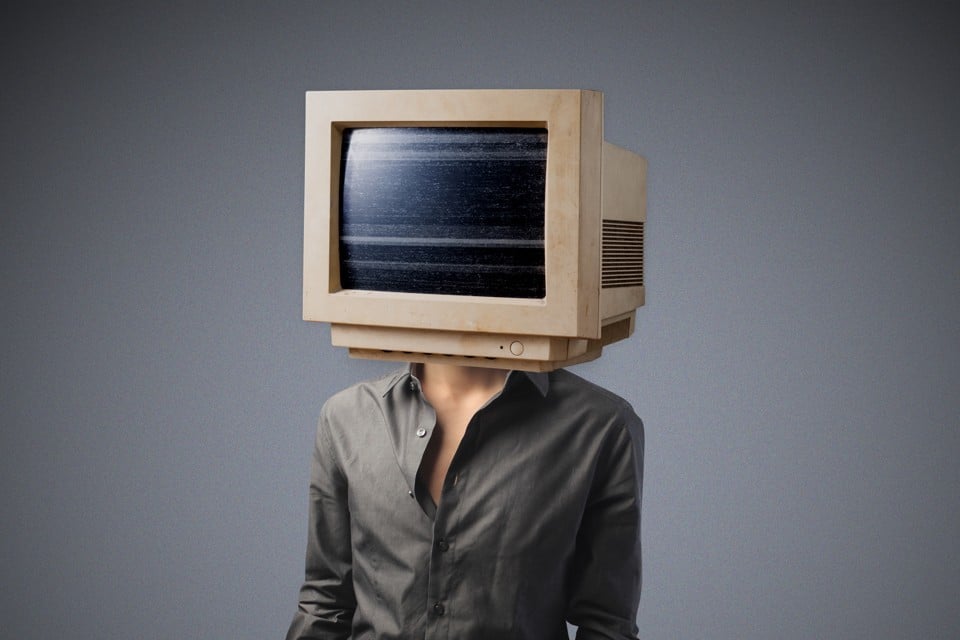
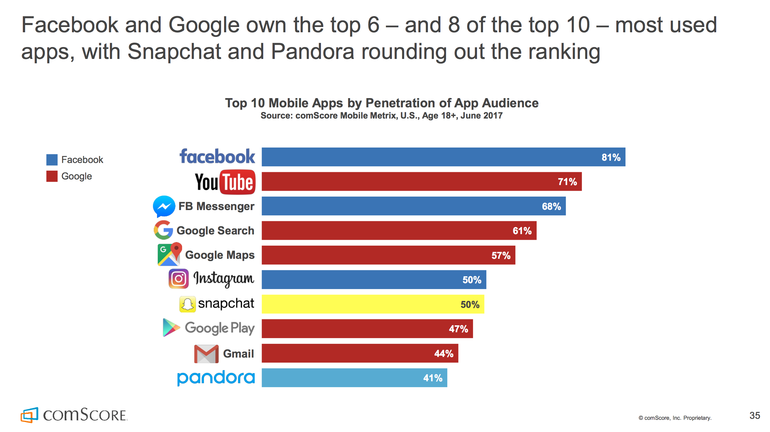
 “Right now, in a handful of computing labs scattered across the world, new software is being developed which has the potential to completely change our relationship with technology. Affective computing is about creating technology which recognizes and responds to your emotions. Using webcams, microphones or biometric sensors, the software uses a person’s physical reactions to analyze their emotional state, generating data which can then be used to monitor, mimic or manipulate that person’s emotions.”
“Right now, in a handful of computing labs scattered across the world, new software is being developed which has the potential to completely change our relationship with technology. Affective computing is about creating technology which recognizes and responds to your emotions. Using webcams, microphones or biometric sensors, the software uses a person’s physical reactions to analyze their emotional state, generating data which can then be used to monitor, mimic or manipulate that person’s emotions.”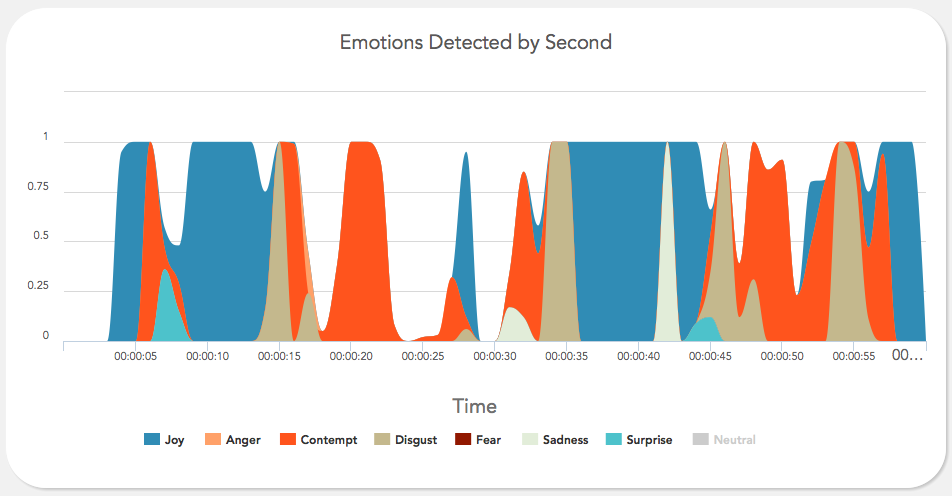
 “An ambitious project to blanket New York and London with ultrafast Wi-Fi via so-called “smart kiosks,” which will replace obsolete public telephones, are the work of a Google-backed startup.
“An ambitious project to blanket New York and London with ultrafast Wi-Fi via so-called “smart kiosks,” which will replace obsolete public telephones, are the work of a Google-backed startup.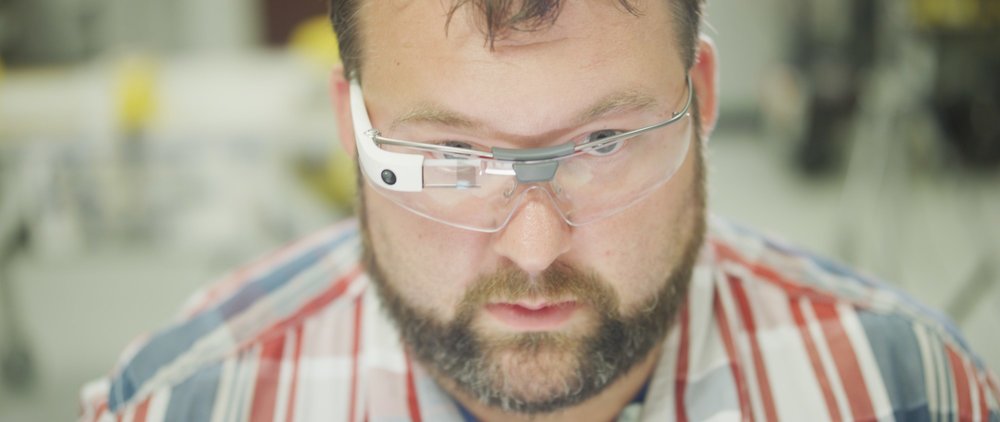
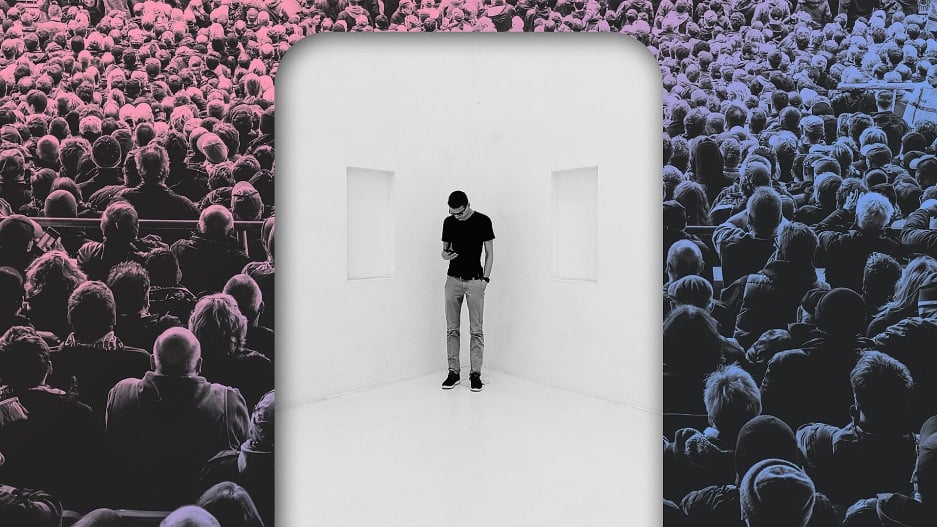
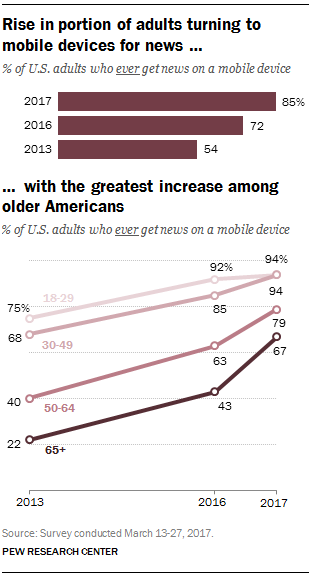 Mobile devices have rapidly become one of the most common ways for Americans to get news, and the sharpest growth in the past year has been among Americans ages 50 and older, according to a
Mobile devices have rapidly become one of the most common ways for Americans to get news, and the sharpest growth in the past year has been among Americans ages 50 and older, according to a